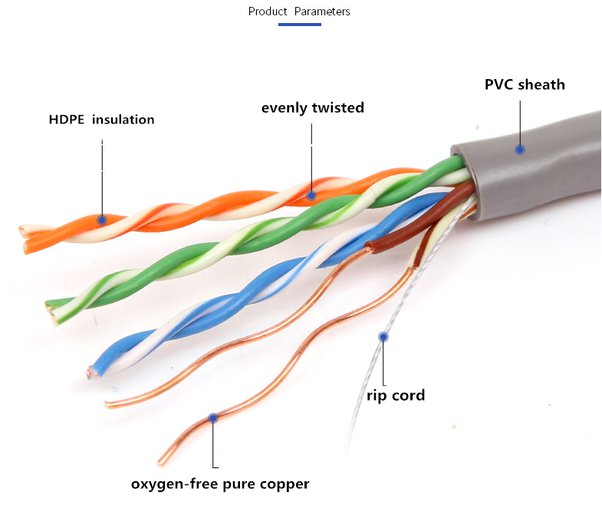Why is UTP Cable Performance (Headroom) Important to Your Network?
UTP cable performance (headroom) is important to your network because it ensures that your data can be transmitted reliably and efficiently. Headroom is the difference between the minimum performance required for a network to operate and the actual performance of the cable. A higher headroom means that the cable is more resistant to noise and interference, which can cause data transmission errors.

There are several factors that can affect UTP cable performance, including:
- Cable quality: The quality of the cable itself is a major factor in headroom. Higher-quality cables have better insulation, which helps to reduce noise and interference.
- Cable length: The longer the cable, the more signal loss there will be. This can reduce headroom and make the cable more susceptible to errors.
- Cable handling: If a cable is bent or twisted too tightly, it can damage the internal conductors and reduce headroom.
- Termination quality: The way that the cable is terminated to the connectors can also affect headroom. Poor termination can cause signal reflections, which can interfere with data transmission.
A network with poor headroom is more likely to experience data transmission errors, which can lead to slow performance, dropped connections, and other problems. In extreme cases, poor headroom can make a network unusable.
There are several things that you can do to ensure that your UTP cable has adequate headroom:
- Use high-quality cables: Choose cables that are rated for the applications that you will be using them for.
- Keep cables as short as possible: Only use as much cable as you need to connect your devices.
- Handle cables with care: Do not bend or twist cables too tightly.
- Terminate cables properly: Use high-quality connectors and make sure that the terminations are secure.
By following these tips, you can help to ensure that your UTP cable has adequate headroom and that your network will perform reliably and efficiently.tunesharemore_vert


